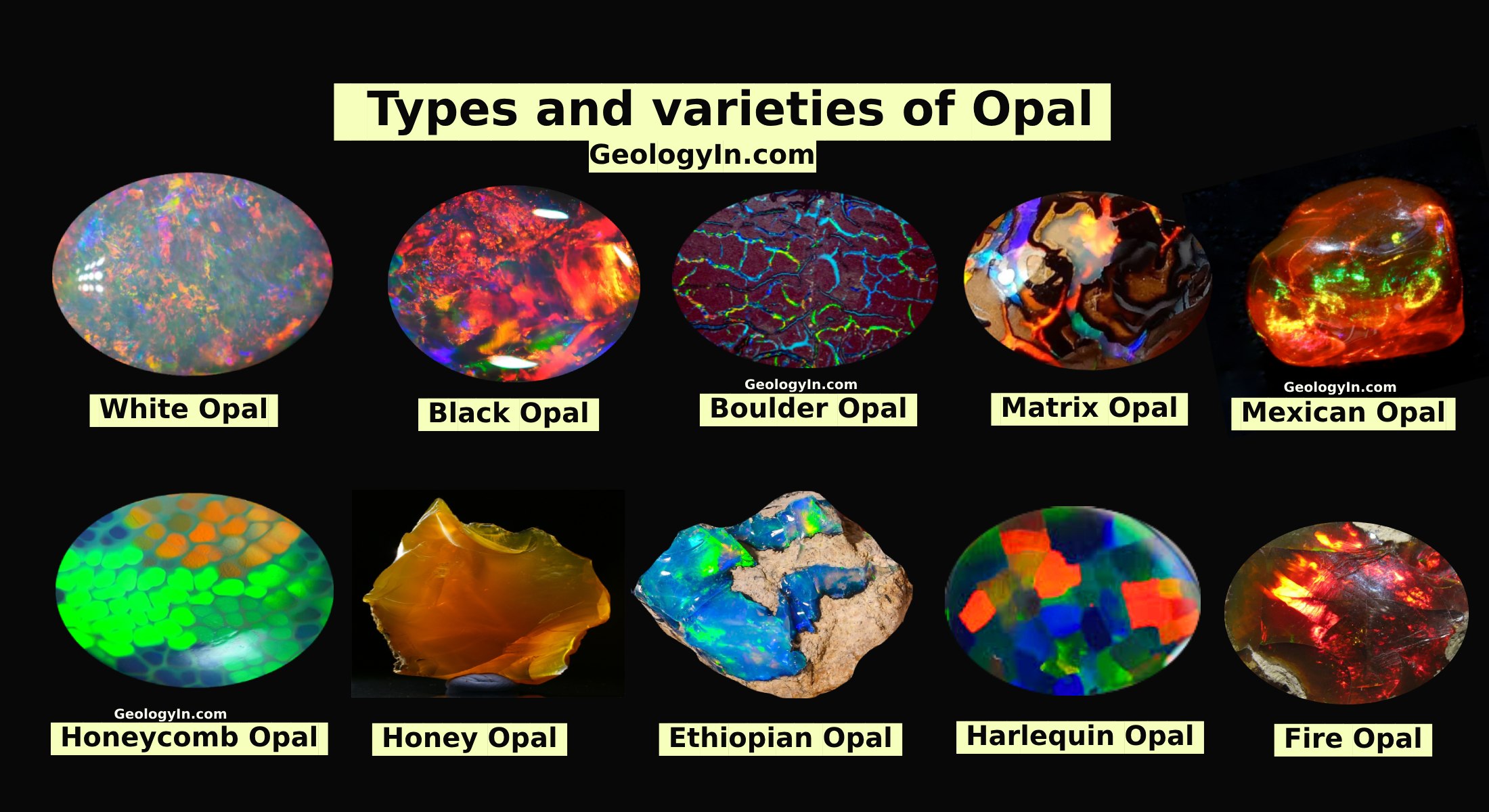The Dinosaur Footprints Wall in Bolivia
The Dinosaur Footprints Wall in Bolivia, known locally as Cal Orck'o, is one of the most extraordinary paleontological sites on Earth. Situated near the city of Sucre, this massive limestone wall stretches over 1.2 kilometers and towers 80 meters high, showcasing more than 5,000 dinosaur footprints from at least eight different species.
Bolivia hosts the world's largest collection of dinosaur tracks, with these ancient prints dating back to the Late Cretaceous period, around 68 million years ago. This extraordinary site offers a unique glimpse into the lives of the dinosaurs that once roamed this landscape, providing invaluable insights into their behaviors and diversity.
 |
| The Dinosaur Dance Floor in Bolivia. The Dinosaur Dance Floor in Bolivia |
The story of Cal Orck'o's formation is as fascinating as the footprints themselves. Millions of years ago, the site was a flat, muddy lakebed or river floodplain where dinosaurs left their tracks. Over time, tectonic forces from the Andean uplift shifted the Earth's crust, tilting these sedimentary layers nearly vertical. This dramatic geological transformation created the striking wall we see today, preserving the footprints in stunning detail for future generations to study and admire.
Key Features of Cal Orck’o
1. Sheer Size
Cal Orck’o boasts one of the largest known collections of dinosaur footprints in the world. The wall spans an impressive 1.5 kilometers (0.93 miles) in length and rises over 100 meters (328 feet) high.
2. Diversity of Tracks
The site preserves a remarkable variety of dinosaur footprints, including those of theropods, sauropods, ankylosaurs, and other species. These tracks provide rare insights into the movement and behavior of dinosaurs during the Late Cretaceous period, approximately 68–70 million years ago. Notably, the largest continuous trackway, attributed to a juvenile sauropod nicknamed "Johnny Walker," stretches for an astonishing 500 meters (1,640 feet).
 |
| Cal Orck’o boasts one of the largest known collections of dinosaur footprints in the world. |
3. Track Density
More than 5,000 footprints are scattered across the wall, arranged in multiple stratigraphic layers. This density reflects the repeated use of the area over millennia, capturing a dynamic ecosystem where dinosaurs traversed ancient mudflats. The overlapping layers offer a unique glimpse into their movements and interactions over time.
4. Geological Dimensions and Orientation
The wall is part of the El Molino Formation, which was originally a horizontal mudflat. Over millions of years, tectonic activity uplifted and tilted the formation to its current near-vertical position. This geological transformation exposes a cross-section of the sedimentary layers, revealing successive surfaces where dinosaur tracks were preserved.
5. Exceptional Preservation
The preservation of the footprints is due to a rare combination of natural processes. Volcanic activity created the sediment layers that dinosaurs walked upon, while tectonic shifts and erosion gradually unveiled this ancient landscape. The result is an extraordinary paleontological record that provides an unparalleled window into the past.

Types of Dinosaur Tracks
Cal Orcko contains tracks from a diverse range of dinosaurs, showcasing a thriving ecosystem during the Late Cretaceous. The footprints are categorized based on the dinosaur types and their locomotion:
Sauropod Tracks
- Characteristics: Large, round or oval footprints with distinct claw impressions (on the forelimbs).
- Size: Some footprints measure over 1 meter in diameter.
- Behavior: These tracks often occur in parallel lines, suggesting herd behavior or migration patterns.
- Examples: Titanosaurs (a group of long-necked, massive herbivores) likely left these tracks.
Theropod Tracks
- Characteristics: Three-toed (tridactyl) footprints, with sharp claw impressions typical of carnivorous dinosaurs.
- Size: Varies significantly, with smaller tracks (10–20 cm) and larger ones reaching up to 50 cm or more in length.
- Behavior: Some tracks show stalking or predatory movement, possibly pursuing prey.
- Examples: Medium to large theropods like abelisaurids or possibly smaller relatives of Tyrannosaurus rex.
Ornithopod Tracks
- Characteristics: Three-toed footprints with rounded toes, differing from theropod tracks by their wider shape and lack of sharp claw marks.
- Size: Tracks typically range from 20–50 cm in length.
- Behavior: Ornithopods were herbivorous, bipedal dinosaurs, and their tracks suggest they moved in groups or herds.
- Examples: Hadrosaurids (duck-billed dinosaurs).
Ankylosaur Tracks
- Characteristics: Wide, rounded footprints, with impressions indicating a heavily built, armored dinosaur walking on all fours.
- Size: Forelimb tracks are smaller and more rounded than the hind limb tracks.
- Examples: Ankylosaurs, which were herbivorous dinosaurs with armored bodies and clubbed tails.
Miscellaneous Tracks
- Some tracks cannot be definitively linked to a particular dinosaur group due to erosion, overlapping, or insufficient detail.
- Variations in size and shape suggest the presence of smaller or less-common species in the ecosystem.
 |
| The Dinosaur Footprints Wall in Bolivia. |
Behavioral Insights from Tracks
Herd Dynamics: Parallel trackways, especially from sauropods and ornithopods, indicate herd movement, possibly for migration or protection.
Predator-Prey Interaction: Theropod tracks sometimes overlap or follow herbivore tracks, hinting at hunting or stalking behavior.
Diverse Ecosystem: The variety of track types shows that Cal Orcko was a vibrant habitat supporting a mix of large and small dinosaurs.
Visiting Cal Orck'o: A Journey to the Dinosaur Era
Located just 5 kilometers from Sucre, Bolivia, Cal Orck'o is one of the world’s most remarkable paleontological sites. Easily accessible by taxi, guided tour, or a scenic hike, this iconic destination offers over 5,000 dinosaur footprints dating back 68 million years to the Late Cretaceous period. Guided tours help visitors understand the significance of the footprints, revealing insights into dinosaur behavior, such as herd movement, predator-prey interactions, and migration patterns.
To protect and enhance the site, Cretaceous Park was established nearby. The park features life-sized dinosaur replicas and a museum with exhibits about prehistoric times, providing context about the dinosaurs and the geological forces that shaped Cal Orck'o. Originally a muddy lakebed, tectonic activity during the Andean uplift tilted the sedimentary layers, creating the dramatic vertical wall we see today. This unique preservation makes Cal Orck'o a must-visit for anyone fascinated by dinosaurs, geology, or natural history.




%20(1).webp)





